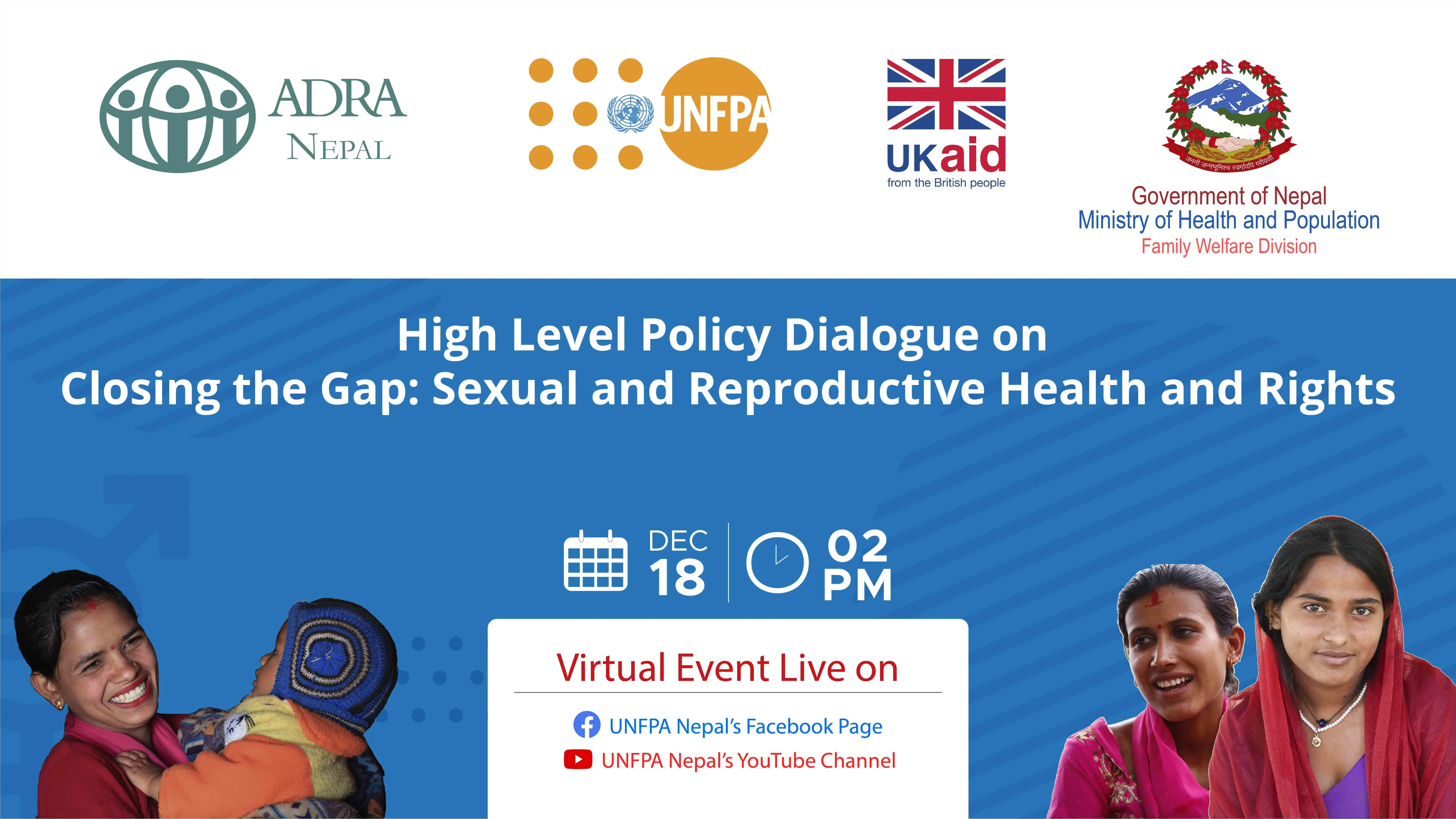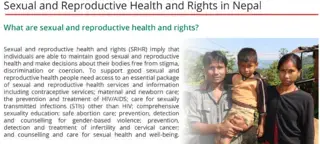“Little drops of water can form a mighty ocean. Similarly, our dream for Nepal’s economic prosperity can come true if every drop of youthful energy is tapped into.”
This is the message that a youth advocate in Mid-Western Nepal is bringing to his community and different stakeholders in his home district. “Youth participation has not yet been the mainstay of our national and local plans. Thus advocates like me have to stand shoulder to shoulder with other young people,” says Dileep Kumar Yadav, who is the Chairperson of a youth network in Kapilvastu.

Yadav has been partnering with other youth activists to advocate for policies and champion programmes that will take young people’s needs into account. One of them is Asmita Ghimire who is also a member of the same network. “Because gender inequality, child marriage, teenage pregnancy and lack of education in our district have a profound impact on youth’s future, we have been working with other young people and stakeholders to bring about positive changes,” says the 21-year-old.
Yadav and Ghimire took part alongside other young people in a youth gathering on January 1 where they worked on an action plan that will contribute to making their district a better place for young people. Organized by the local development authority, District Development Committee (DDC) of Kapilvastu, with technical and financial support of UNFPA, the United Nations Population Fund, the youth gathering highlighted why the health, rights, dignity and well-being of young people should be put at the center of the development agenda.
UNFPA has been partnering with DDCs in 18 districts, including Kapilvastu, to promote youth participation in the decisions that affect them, strengthen their ability to advance human rights and development issues such as health, education and employment. The UN agency has long supported youth networks like the one Yadav is leading and adolescent girl circles who receive training and support to become involved in local planning and to promote health, human rights and end harmful practices in their communities.

Members of the youth network in Kapilvastu have come up with an 11-point plan that they are planning to implement to bring about some tangible results in their communities, says Yadav. They include:
- Forming youth networks in remaining villages.
- Activating all youth networks to work towards ending harmful practices such as gender-based violence including child marriage, preventing open defecation and promoting “home delivery-free’ villages.
- Ensuring youth participation in the campaigns initiated by local authorities against open defecation, child marriage, home delivery and malnutrition as well as for full immunization, model healthy villages, literacy etc.
- Taking initiatives to establish a district youth employment promotion center and a technical institute.
- Advocating for youth participation in every developmental work.
- Taking initiatives to provide vocational training for marginalized and poor youths.
- Mobilizing young people to conserve and promote the culture and arts of Kapilvastu.
- Pressurizing local authorities to set up a mechanism so that foreign job aspirants can receive proper counseling before they leave the country.
- Mobilizing young people in rescue and relief work during natural disasters and emergencies.
- Taking initiatives to run employment programmes for marginalized and vulnerable girls.
- Conducting activities to discourage drug use among adolescent boys.




